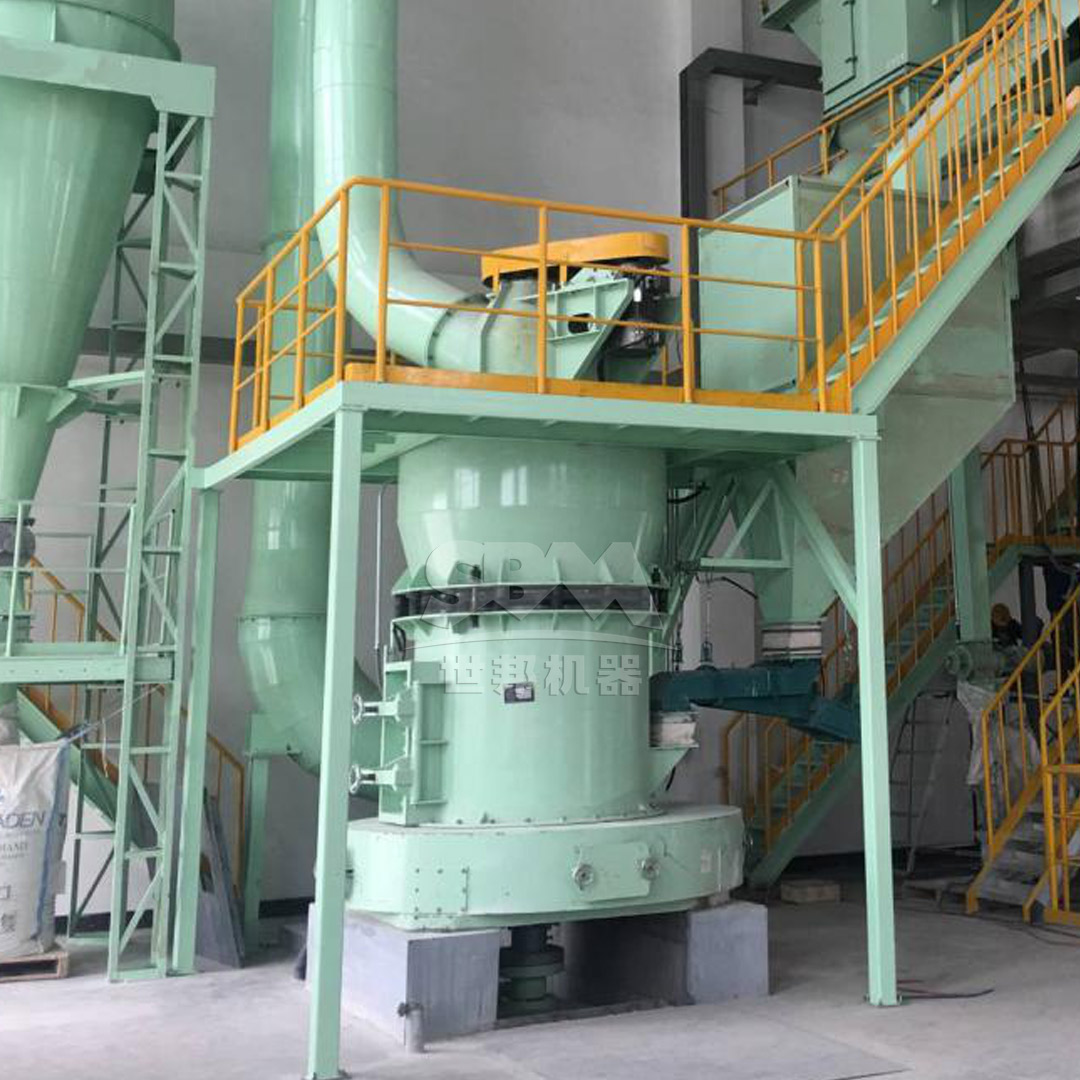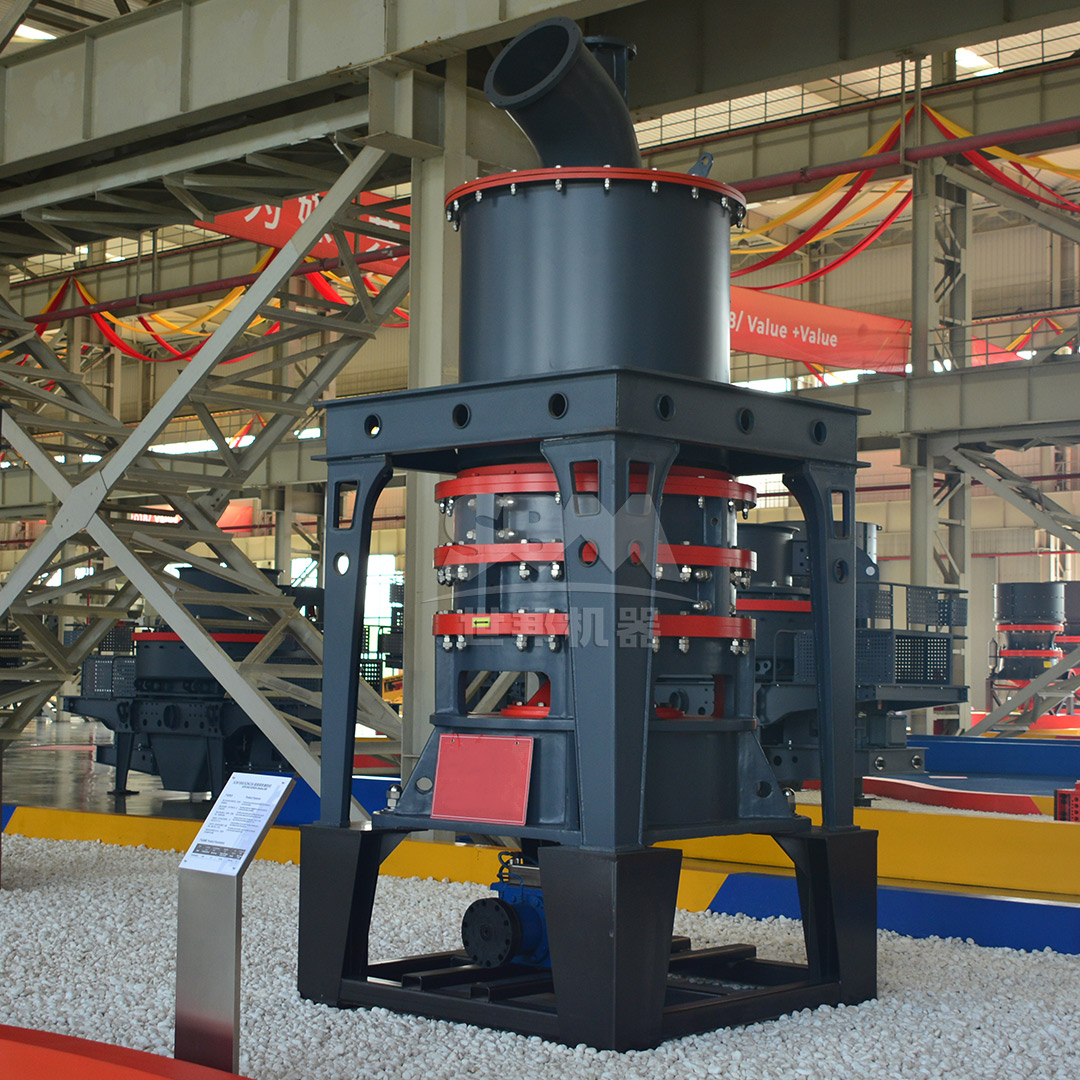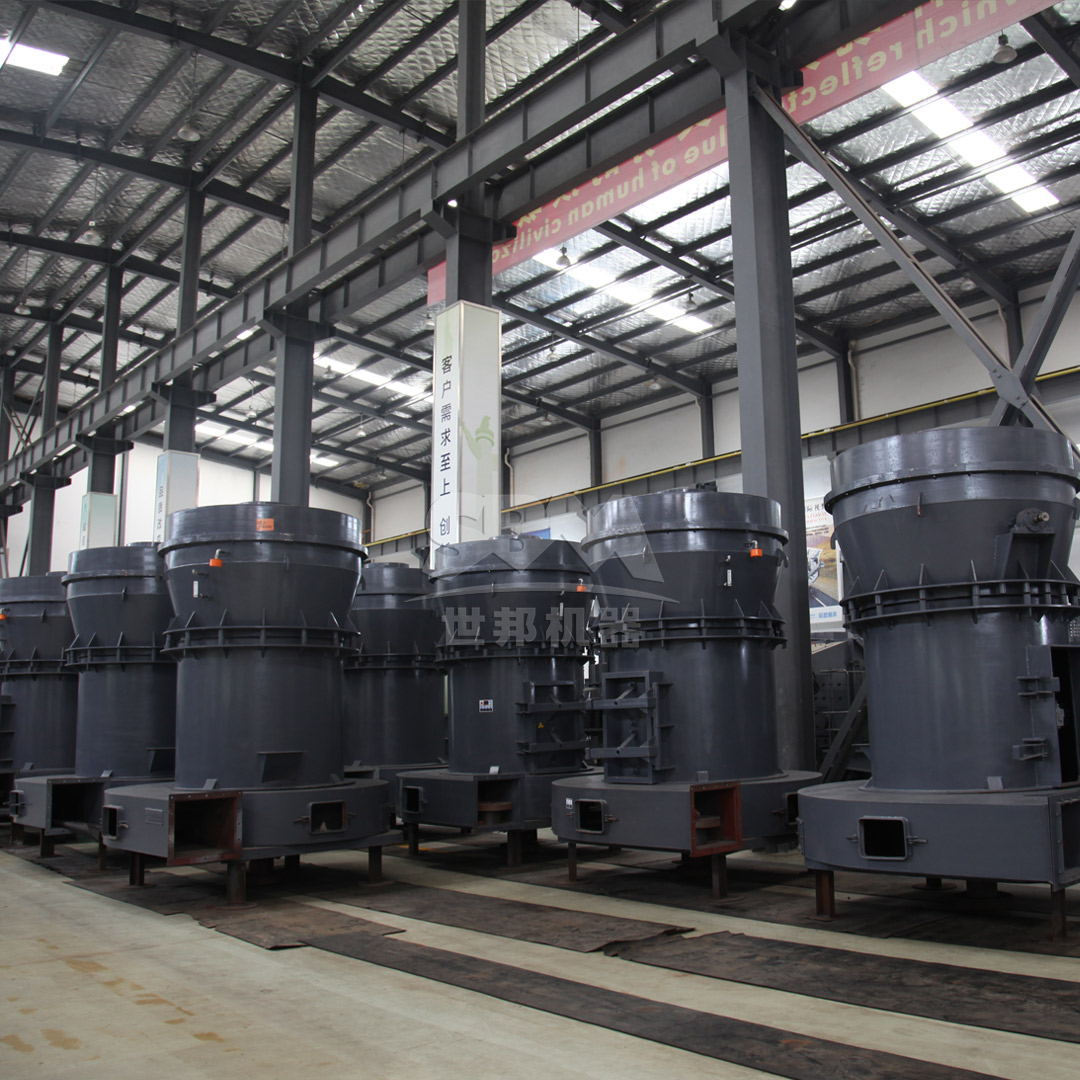The ceramic industry relies heavily on the quality and consistency of frits and glazes to achieve desired aesthetic and functional properties in final products. At the heart of this production process lies the critical step of raw material preparation, particularly the grinding of feldspar – a key component in most glaze formulations. The efficiency and precision of this grinding operation directly impact product quality, production costs, and environmental compliance.
Traditional grinding methods often fall short in meeting the stringent requirements of modern ceramic manufacturing. Inconsistent particle size distribution, excessive energy consumption, and contamination issues can compromise glaze application and final appearance. This has led to increased adoption of advanced roller mill technology specifically designed for mineral processing applications.
In frit and glaze production, particle size distribution is not merely a technical specification – it’s a fundamental determinant of product performance. Optimal particle size affects multiple aspects of glaze quality:
For feldspar grinding, the target fineness typically ranges from 45μm to 5μm (325 to 2500 mesh), depending on the specific application requirements. Achieving this consistently requires grinding equipment capable of precise particle size control with minimal oversize or undersize fractions.
Conventional ball mills and Raymond mills, while historically prevalent in ceramic operations, present several limitations for modern frit and glaze production:
| Challenge | Impact on Production | Traditional Solution Limitations |
|---|---|---|
| Inconsistent particle size | Variable glaze quality and appearance | Limited classification efficiency |
| High energy consumption | Elevated production costs | Inefficient grinding mechanisms |
| Contamination from wear parts | Color contamination in white glazes | Rapid wear of grinding media |
| Dust emission | Environmental and workplace safety issues | Inadequate dust collection systems |
Modern roller mills have revolutionized feldspar processing for ceramic applications through innovative engineering solutions that address the specific challenges of mineral grinding. These systems combine efficient crushing mechanisms with precise classification technology to deliver consistent product quality while optimizing operational costs.

The evolution of roller mill design has introduced several critical improvements for ceramic raw material processing:
For operations requiring the finest feldspar powders for premium glaze formulations, the SCM Ultrafine Mill represents the pinnacle of grinding technology. With the capability to produce powders ranging from 325 to 2500 mesh (45-5μm), this system delivers the exceptional fineness required for sophisticated ceramic applications.
The SCM series incorporates several proprietary technologies specifically beneficial for feldspar processing:
| Feature | Technical Advantage | Benefit for Glaze Production |
|---|---|---|
| Vertical Turbine Classifier | Precise particle size切割 with no coarse powder mixing | Eliminates glaze defects from oversized particles |
| Special Material Roller & Grinding Ring | Extended service life, reduced contamination | Maintains color purity in white and transparent glazes |
| Pulse Dust Collection System | Collection efficiency exceeding international standards | Creates cleaner working environment, product loss minimization |
| Intelligent Control System | Automatic feedback control of product fineness | Consistent quality with minimal operator intervention |
With models ranging from the SCM800 (0.5-4.5 ton/h capacity) to the industrial-scale SCM1680 (5.0-25 ton/h capacity), operations of all sizes can achieve the precise fineness control required for competitive glaze production. The system’s energy efficiency – offering approximately 30% reduction in power consumption compared to conventional jet mills – makes it particularly attractive for cost-conscious manufacturers.

For operations processing feldspar for standard glaze applications where ultra-fine powders aren’t required, the MTW Series Trapezium Mill offers an optimal balance of performance, efficiency, and operational flexibility. With output fineness ranging from 30 to 325 mesh (600-45μm) and capacities from 3 to 45 tons per hour, this system accommodates the needs of most commercial ceramic operations.
The MTW series incorporates several design innovations that make it particularly suitable for frit and glaze production facilities:
Available in multiple configurations including the compact MTW110 (3-9 ton/h) to the high-capacity MRN218 (15-45 ton/h), the MTW series can be tailored to specific production requirements. The system’s wear-resistant volute structure and obstruction-free design further enhance its suitability for continuous operation in demanding ceramic production environments.
Successfully implementing roller mill technology in frit and glaze production requires attention to several operational factors:
Consistent mill performance begins with proper feed material preparation. Feldspar should be pre-crushed to appropriate sizes (typically ≤20mm for ultrafine mills, ≤50mm for trapezium mills) and monitored for moisture content, which should generally not exceed 2-3% for optimal grinding efficiency.
Modern roller mills function as part of an integrated system that typically includes:
While advanced roller mills are designed for extended operation with minimal maintenance, proactive planning ensures uninterrupted production:
| Component | Maintenance Interval | Key Considerations |
|---|---|---|
| Grinding rollers and rings | 3,000-8,000 hours | Wear pattern inspection, material buildup removal |
| Classifier blades | 4,000-6,000 hours | Balance check, wear measurement |
| Drive systems | Regular lubrication intervals | Oil analysis, vibration monitoring |
| Dust collection filters | Based on pressure differential | Pulse cleaning system inspection |

The transition to advanced roller mill technology delivers significant advantages beyond product quality improvements:
Contemporary roller mills address environmental concerns through:
The evolution of grinding technology for ceramic applications continues with several emerging trends:
The selection of appropriate grinding technology is a critical decision for frit and glaze manufacturers seeking to maintain competitiveness in an increasingly demanding market. Advanced roller mills, particularly the SCM Ultrafine Mill for high-precision applications and the MTW Series Trapezium Mill for standard requirements, offer ceramic producers the capability to achieve consistent product quality while optimizing operational efficiency and environmental performance.
As ceramic formulations continue to evolve toward more sophisticated compositions and performance requirements, the role of precision grinding technology becomes increasingly vital. By investing in appropriate roller mill systems and implementing sound operational practices, manufacturers can position themselves for success in the dynamic global ceramics market.